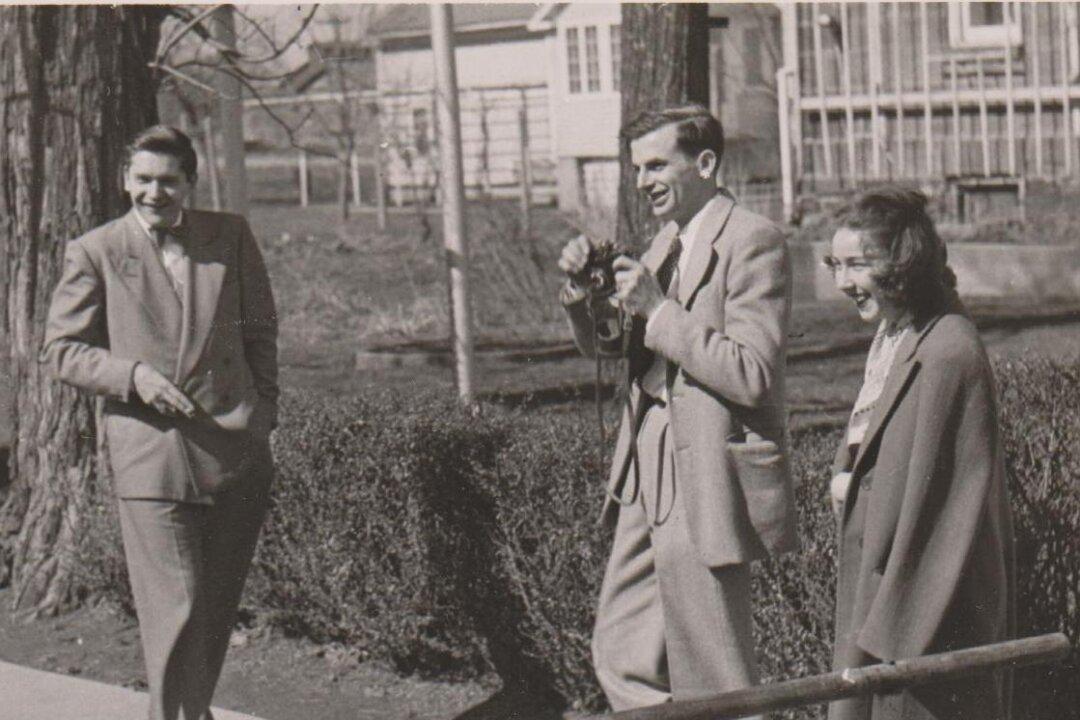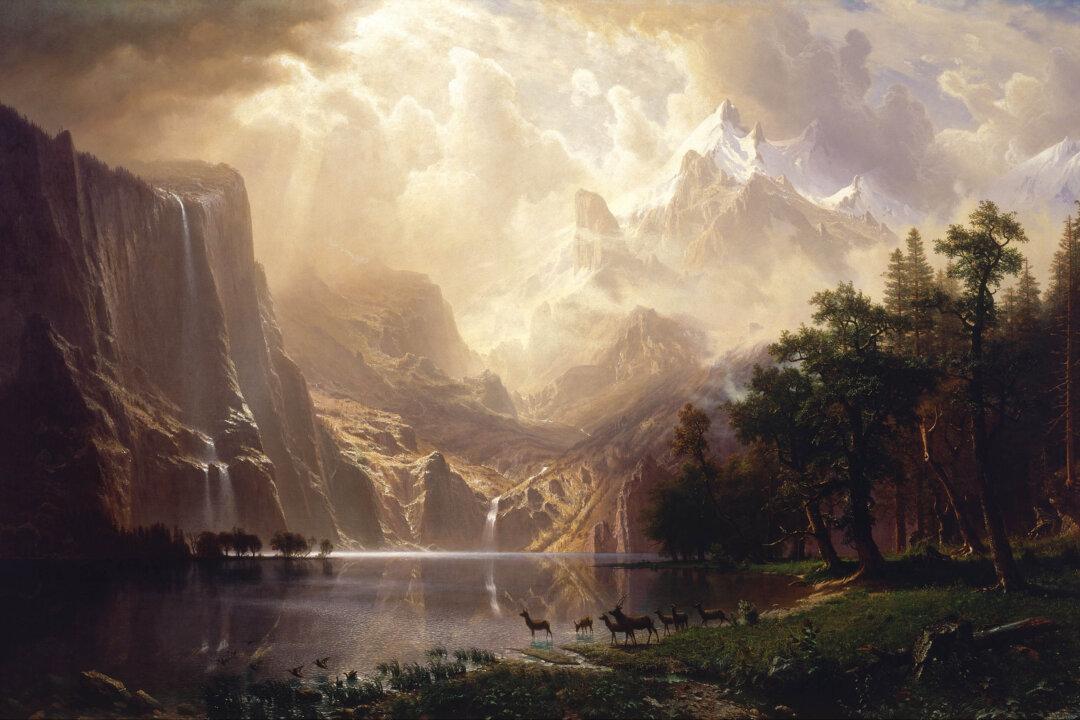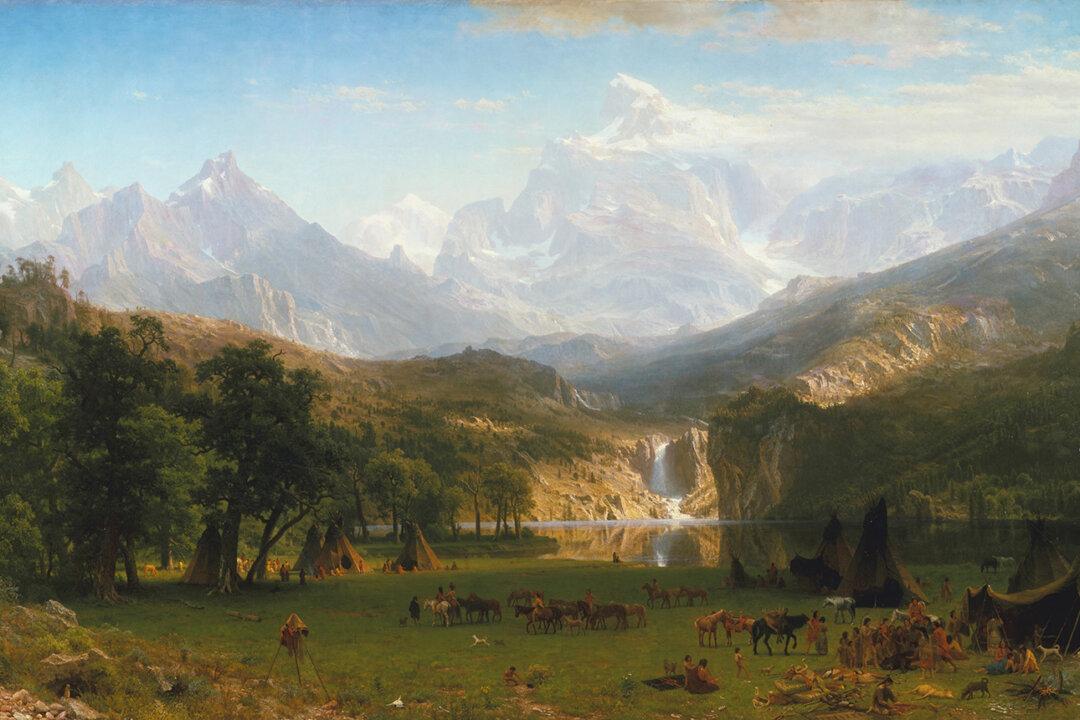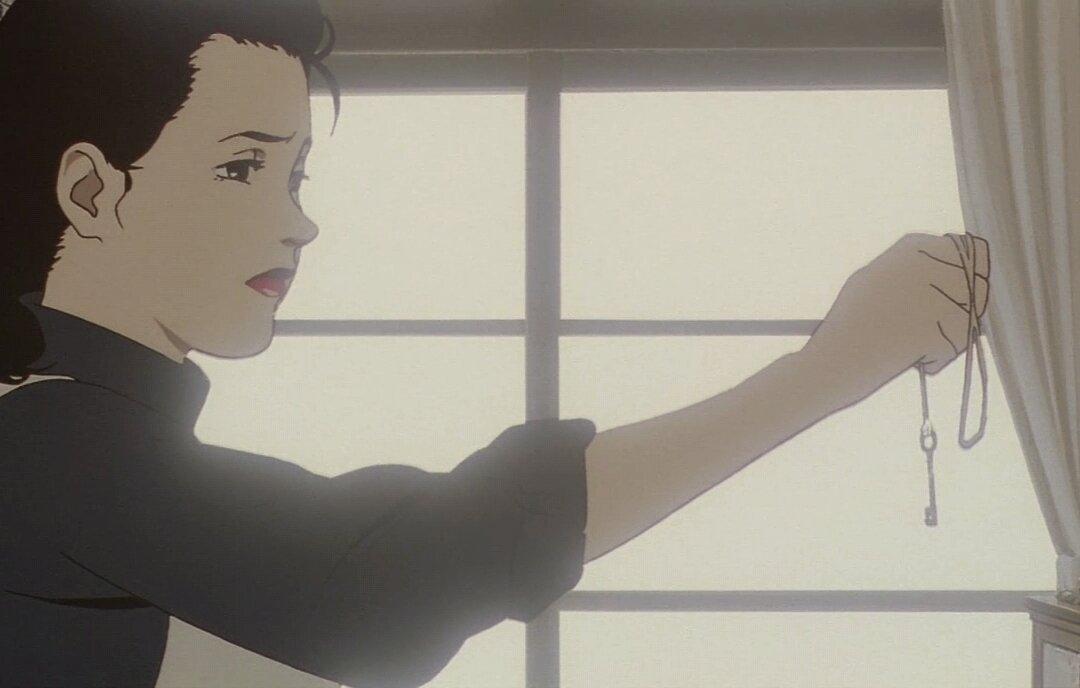Most everyone has experienced nostalgia at some point in their lives, whether it be a longing for friends, family, or some fleeting moment in time that sparks positive reflection and emotion. The reflection and emotions associated with nostalgia, most often positive, shade the details of events in a soft, ruddy glow.
This idea is central to E.B. White’s short story “Once More to the Lake” published in Harper’s Magazine in 1941. It employs nostalgia and memory as a narrative conduit for details and imagery of a man on a visit to a childhood vacation spot. It is a heartfelt and beautiful rumination on the past, the flowing of time, and the circular nature of aging itself.





